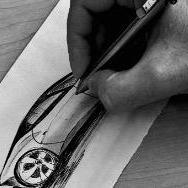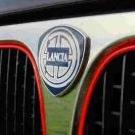Ferrari 812 GTS 2020
-
Contenuti simili
-
Ferrari Crossover / SUV / FUV EV [Fotoritocco & Proposte grafiche dal web e non] 1 2 3
Pubblicato da AleMcGir,
- ferrari crossover
- ferrari
- (e 3 altri in più)
- 24 risposte
- 5210 visite
-
Ferrari Roma MCA 2025 - Prj. F169 M (Spy) 1 2 3 4 6
Pubblicato da STEVEC,
- ferrari roma mca
- ferrari
- (e 4 altri in più)
- 51 risposte
- 14696 visite
-
WEC 2024 - Lone Star Le Mans (COTA) 30-31/08-01/09 1 2 3 4
Pubblicato da Unperdedor,
- mondo endurance
- le mans
- (e 8 altri in più)
- 38 risposte
- 4353 visite
-
-
-




.thumb.jpg.902d2a4f20a129e92b6f6920407b81bd.jpg)



.thumb.jpg.46228d717c405acd43b45b79fddce6a4.jpg)

















.thumb.jpg.d20c5008a881490f9c7f843d442a34f8.jpg)
Messaggi Raccomandati:
Crea un account o accedi per lasciare un commento
Devi essere iscritto per commentare e visualizzare le sezioni protette!
Crea un account
Iscriviti nella nostra community. È facile!
Registra un nuovo accountAccedi
Sei già registrato? Accedi qui.
Accedi Ora